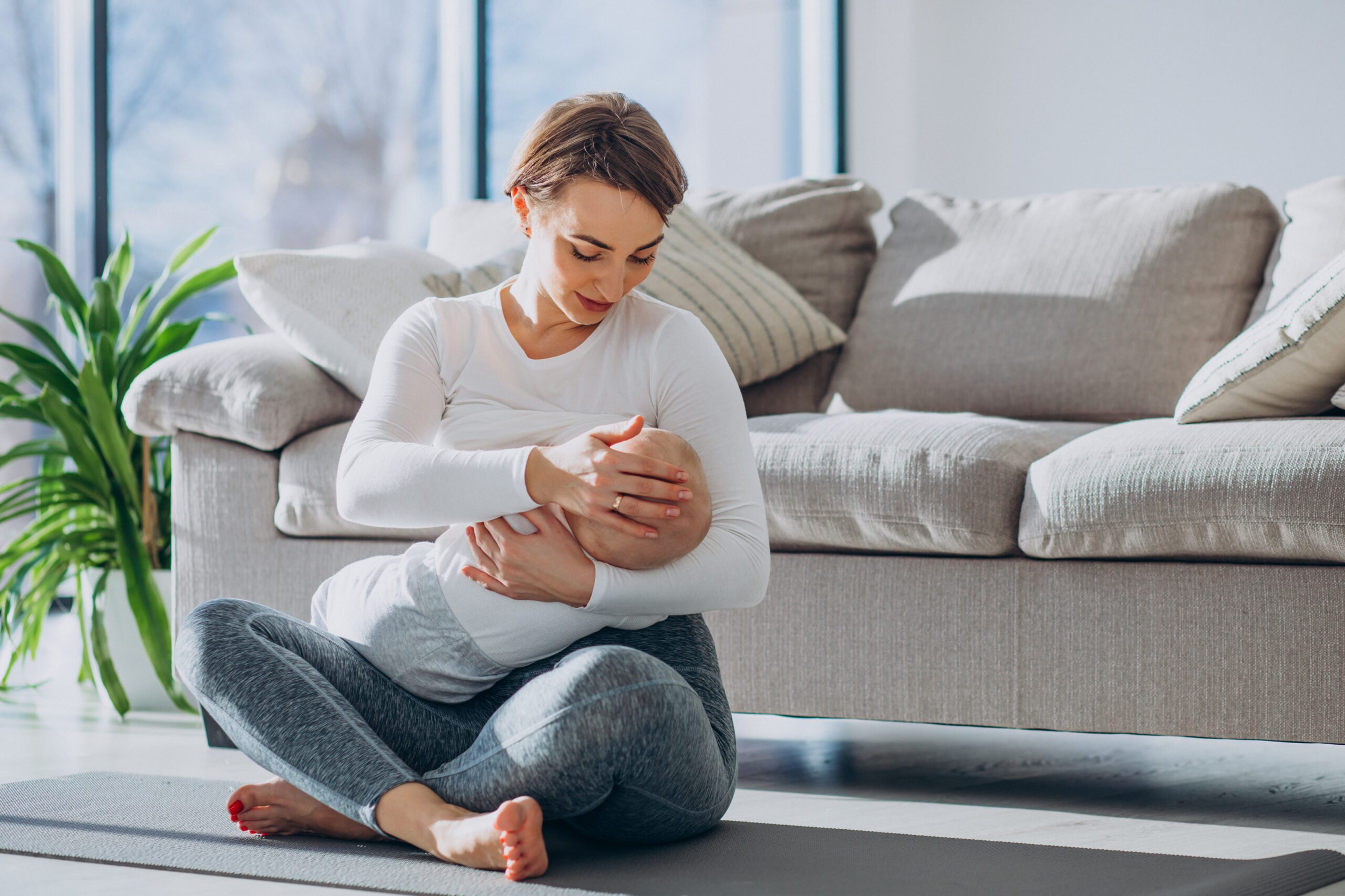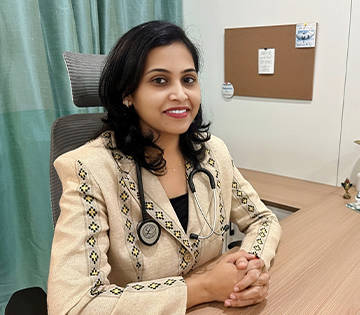Postpartum Care
- Home
- / Gynaecology
- / Postpartum Care
Postpartum Care:
A period of 6 weeks, post delivery is called a Post-partum period, as it takes about 6 weeks for a woman to return back to her pre- pregnancy physical state.
After childbirth, a mother can expect to have some physical changes and symptoms, but they are usually mild and temporary. Severe health issues are rare.
However, there could be some complication after childbirth as below:
- Excessive bleeding (postpartum haemorrhage)
- Infections of the uterus
- Bladder and kidney infections
- Breast infection
- Problems with breastfeeding
- Depression
Postpartum hemorrhage may occur soon after delivery but may occur up to 6 weeks later.
Immediately after delivery of a baby, the mother is monitored for at least 1 hour. If an anaesthetic was used during delivery or if there were any problems during delivery, she may be monitored for several hours after delivery, usually in a well-equipped recovery room with access to oxygen, fluids given by vein (intravenously), and resuscitation equipment.
Normally, within the first 24 hours, the mother’s pulse rate (which increased during pregnancy) begins to decline toward normal and her temperature may increase slightly, usually returning to normal during the first few days. After the first 24 hours, recovery is rapid.
Hospital staff members make every effort to minimize the new mother’s pain and the risk of bleeding and infection.
Bleeding
Minimizing bleeding is the first priority. After delivery of the placenta (afterbirth), a nurse may periodically massage the mother’s abdomen to help the uterus contract and remain contracted, thus preventing excessive bleeding.
If needed, oxytocin is given to stimulate contraction of the uterus. The drug is injected into a muscle or given intravenously as a continuous infusion until the uterus is contracted.
If women lose a lot of blood during and after delivery, a complete blood count is done to check for anaemia before they are discharged.
Urination
Urine production often increases greatly, but temporarily, after delivery. Because bladder sensation may be decreased after delivery, hospital staff members encourage a new mother to try to urinate regularly, at least every 4 hours. Doing so avoids overfilling the bladder and helps prevent bladder infections. Staff members may gently press on the mother’s abdomen to check the bladder and determine whether it is being emptied.
Occasionally, if the new mother cannot urinate on her own, a catheter must be inserted temporarily into the bladder to empty the urine. Infrequently, an indwelling catheter (a catheter that is left in the bladder for a period of time) is needed.
Bowel movements
The new mother is also encouraged to have a bowel movement before leaving the hospital. But because hospital stays are so short, this expectation may not be practical. Doctors may recommend that if she has not had a bowel movement within 3 days, she takes stool softeners or laxatives to avoid constipation, which can cause or worsen hemorrhoids. If the rectum or muscles around the anus were torn
Diet and exercise
A new mother can have a regular diet as soon as she wants it, sometimes shortly after delivery. She should get up and walk as soon as possible.
A new mother can start exercises to strengthen abdominal muscles, often after 1 day if delivery was vaginal. Caesarean delivery is major surgery, and women should not begin exercising until they have had time to fully recover and allow healing, which typically takes about 6 weeks.
Women can resume their pre-pregnancy exercise routine after approval from their doctor at their postdelivery visit.
Vaccines and immune globulin
The mother is given information about changes to expect in her body and measures to take as her body recovers from having a baby. Regular follow-up visits are scheduled, usually starting at 3 to 8 weeks after delivery. If delivery was cesarean or if problems occurred, the first visit may be scheduled sooner.


